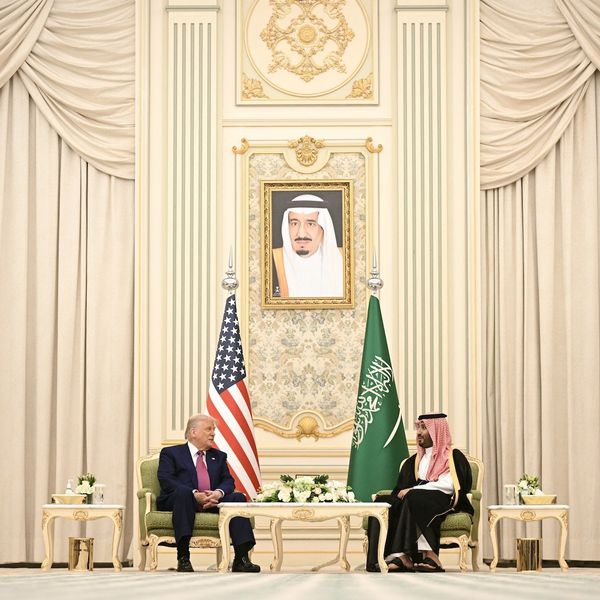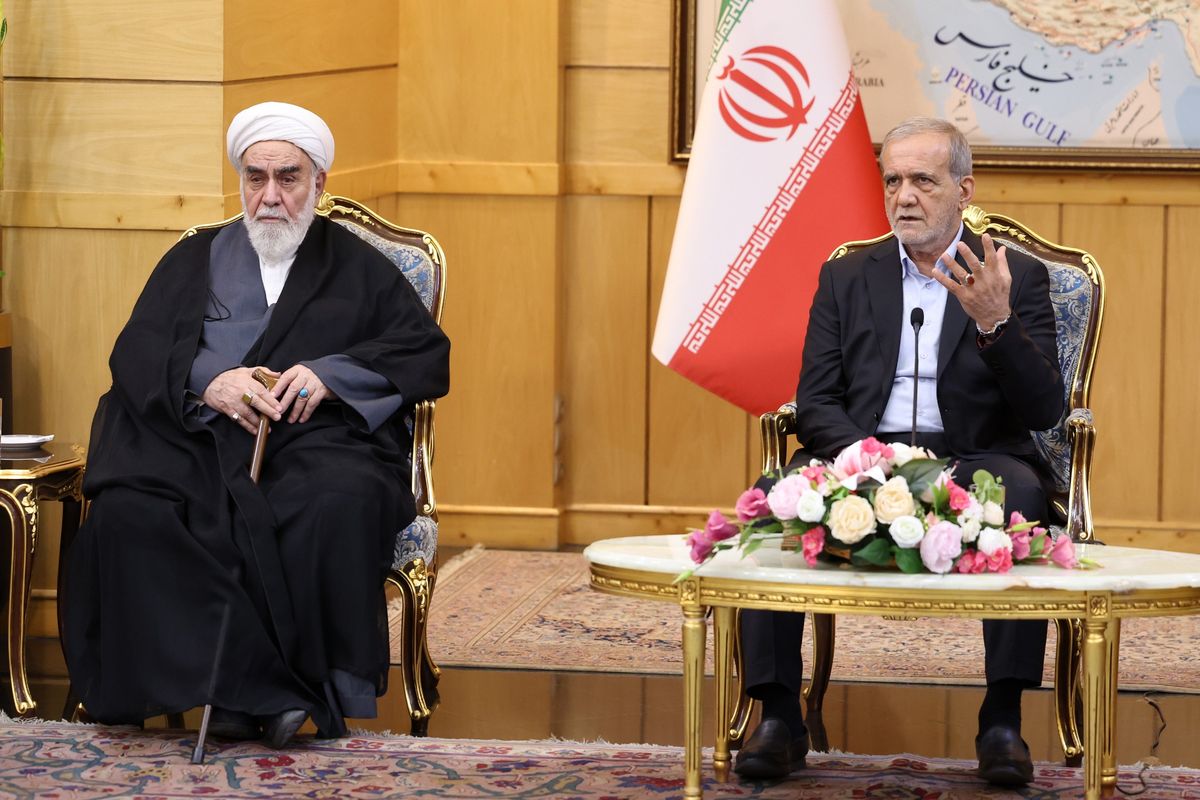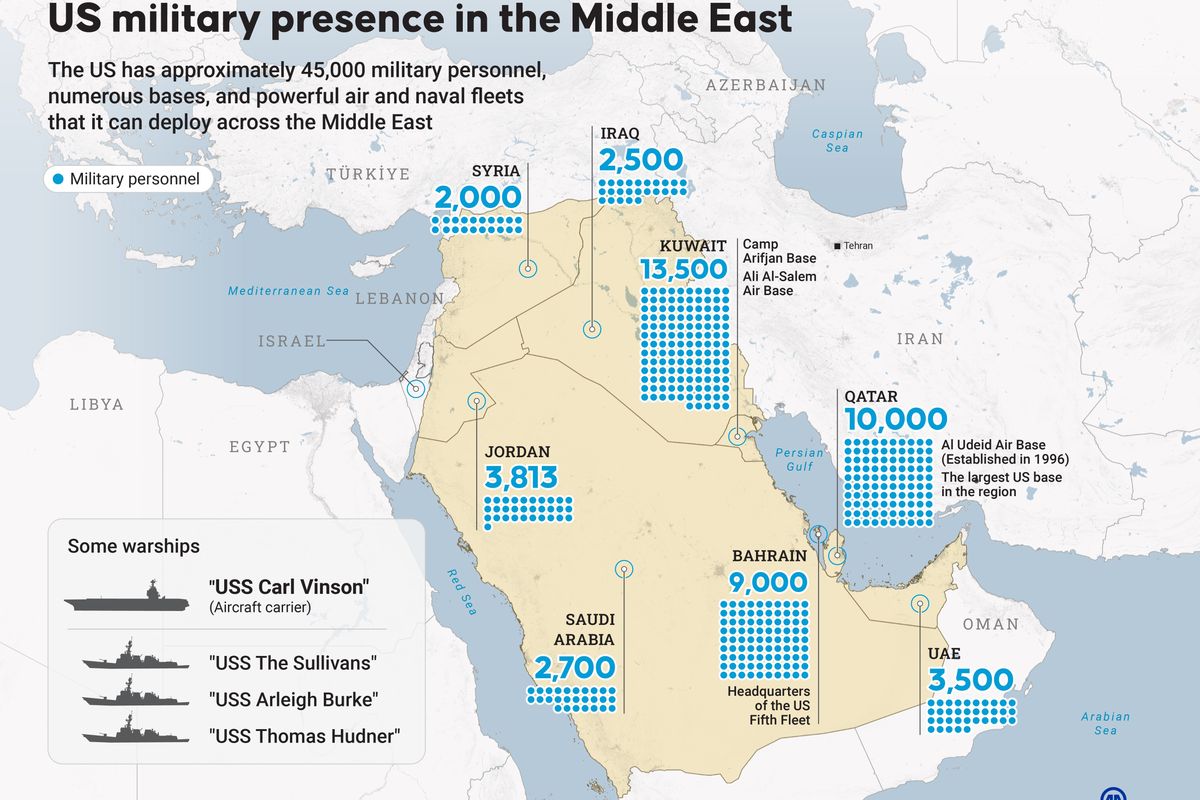OPINION / EXPERT PERSPECTIVE — As the Gaza war enters its fourth month, it’s become abundantly clear that Israel’s massive military response and the assassinations campaign have failed to defeat Hamas or to end the Israel Palestine conflict.
Although Hamas in the long run, cannot militarily win against Israel, Israeli Prime Minister Benjamin Netanyahu should realize by now that his original goal of eliminating the group is unattainable. The killing of tens of thousands of Palestinian civilians and the destruction of the infrastructure in Gaza have not forced Hamas to surrender or concede defeat.
Hamas’s governing structure over Gaza might be dismantled because of the Israeli offensive, but the miserable realities on the ground that gave rise to Hamas in the first place will likely beget another militant group if the current conditions prevail. We already see the Houthis opening a new front in Yemen and Iran is hitting targets beyond its borders.
Join Cipher Brief Expert Emile Nakhleh on Thursday, January 18 at 7 PM as The Hayden Center hosts Israel-Hamas War at 100 Days a virtual event
Unless Israelis, Palestinians, the Arab states, and the United States and its European allies commit as a matter of policy to pursue a different course than endless wars, the bloody conflict between Israel and the Palestinians will continue unabated.
The region will remain unstable, and the unintended consequences of the Gaza war will drag the region and the United States into another quagmire. Although the Palestinians and Israelis will have the right to select their own governments in the post-Gaza world, the current leaders of Hamas, the Netanyahu government, and the Palestinian Authority in Ramallah cannot be part of the solution.
Dozens of pronouncements have been made by US government officials, including the President and the Secretary of State, about the need for a two-state solution as the only way forward once the Gaza war ends. Secretary Antony Blinken has also stated that Palestinians should not be displaced out of Gaza and that the Israeli military and political control cannot be reimposed on Gaza. Sadly, much of this rhetoric is just that, especially as the Netanyahu right-wing government opposes any form of a Palestinian state.
A Cipher Brief Breaking News Briefing – Escalation in the Middle East
As Iran targets suspected Israeli intelligence sites in Iraq and the IDF moves troops from Gaza to the West Bank, Subscriber+Members are receiving invitations via email to a Breaking News Briefing on Thursday, January 18 at 1:30p ET.
Make sure you’re on the invite list to better understand what this escalation could mean.
If the United States, the regional states, and the international community are committed to resolving this eight-decade conflict, they could achieve a resolution through a combined political and economic paradigm. The two legs of the paradigm are interconnected and interdependent. But before that happens, the Gaza war must come to a halt, and the Israeli hostages and Palestinian prisoners, including Marwan Barghouti, must be released.
The Political Path
Whether two states, one state, or a confederated state, a workable political solution must be based on the principle of sovereignty for both peoples. This means that two sovereign peoples live between the Jordan River and the Mediterranean Sea in Palestine with a legitimate right to life, freedom, personal and collective security, and economic and cultural wellbeing.
The two-state paradigm has been the aspirational magic bullet for solving the conflict for over half a century. The Palestinian leadership through the Palestine Liberation Organization or PLO accepted the concept of two states living side by side since the 1970s. The “State of Palestine” has been recognized by 72 percent of the UN member states, including two permanent members of the UN Security Council.
The United States has not done so, despite the recent statements by the Biden administration that a lasting peace between Israel and the Palestinians should be based on the creation of a Palestinian state. How can the United States retain its credibility in the region without recognizing the State of Palestine as most of the United Nations members have done?
Successive Israeli governments over the years, including the current extreme right-wing Netanyahu government, have rejected the establishment of a Palestinian state in the Occupied Territories of the West Bank and Gaza. The most that some Israeli leaders, including the late Prime Minister Yitzhak Rabin, have accepted was a rump state or a political entity based on a flimsy concept of sovereignty. Oslo was an example of a feeble pseudo-state, which the Israeli military and security services could enter at whim, as the current massive Israeli military presence in Jenin and Nablus has demonstrated.
It's not just for the President anymore. Are you getting your daily national security briefing? Subscriber+Members have exclusive access to the Open Source Collection Daily Brief, keeping you up to date on global events impacting national security. It pays to be a Subscriber+Member.
Yet, many observers, including myself, have in the early 1990s, applauded Oslo and viewed it as a forerunner of a future Palestinian state. Since Oslo, however, Israel has become the only one sovereign state that exists between the River and the Sea.
In the past decade, several renowned American academics have rejected the two-state paradigm. Instead of focusing on state sovereignty, they have argued, that the concept should be shifted to people’s sovereignty with a focus on individual political, human, and civil rights, equality under the law, economic opportunity, freedom of movement, and cultural identity.
As I have written elsewhere, the two-state concept is no longer tenable. The reality on the ground is this: nearly 700 thousand settlers now reside in the West Bank, Israel controls most facets of the West Bank economy and commerce, regulates the movement of Palestinians in and out of the Occupied Territories, and effectively controls the power grid and the water systems in the territories, including Gaza.
Because of the devastating Gaza war, the United States and many other countries are touting the two-state paradigm as an article of faith that will end the conflict. How realistic is this position considering that Israel is opposed to any independent political structure for the Palestinians? While singing the praises of the two states, does Secretary Blinken expect to ram an independent Palestinian state down the throat of the Israeli government? If not, the Biden administration should begin to think seriously about an alternative political arrangement that guarantees political sovereignty equally for Israelis and Palestinians. To avoid the charge of hypocrisy, Washington should realize that the two-state useless rhetoric is no substitute for a true policy toward Palestine.
The Economic Path
No political arrangement will succeed in the long run unless it is accompanied by massive economic development projects that will benefit the two peoples. These projects, which must be pursued concurrently with the political efforts to settle the conflict, could include:
A trucking business that runs from Gaza through the West Bank and Jordan all the way to Saudi Arabia and the Gulf states. These trucks would carry agricultural products from Gaza to Gulf markets daily.
A major desalination project in Gaza, using Israeli technology, and Gulf financial support which would provide water to irrigate agriculture in Gaza, southern Israel, and the Jordan valley. Israeli, Palestinian, and Jordanian farming in the Jordan valley could become the fruit and vegetable basket for Israel, Palestine, Jordan, and the Gulf Arab states.
A solar and renewable energy project using Israeli technology and Israeli, Palestinian, and Jordanian workforce, could provide electricity for Gaza, southern Israel, and parts of Jordan.
A system of two-year vocational colleges in Gaza and the West Bank to train Palestinian youth as medical technicians, radiologists, lab technicians, computer technicians, dental and vision hygienists, electricians, carpenters, builders, agronomists, climatologists, tour guides, pharmacy technicians, teacher aides, and other professions.
As I wrote in 1988, following field research in Gaza, “[if] the Israelis and the Palestinians hope to live in the Middle East peacefully and to enjoy their legitimate political rights as individuals and as political communities, they must be willing to recognize each other’s reality, suffering, dignity, and place in the sun. After much struggle, the Jews were able to escape their shtetels and live in freedom; it’s time for the Palestinians to do the same.”
The Cipher Brief is committed to publishing a range of perspectives on national security issues submitted by deeply experienced national security professionals.
Opinions expressed are those of the author and do not represent the views or opinions of The Cipher Brief.
Have a perspective to share based on your experience in the national security field? Send it to Editor@thecipherbrief.com for publication consideration.
Read more expert-driven national security insights, perspective and analysis in The Cipher Brief














